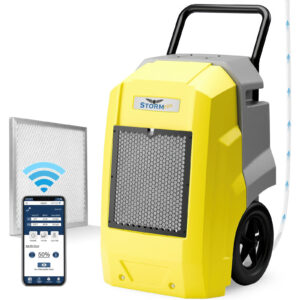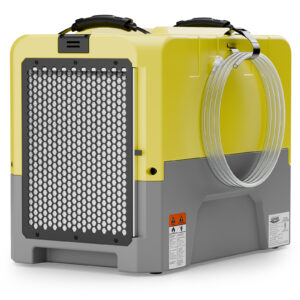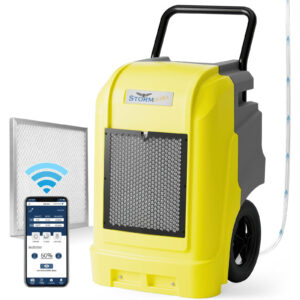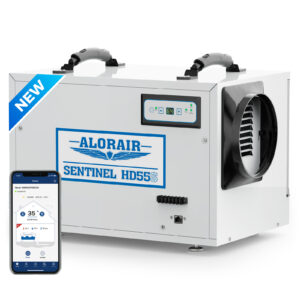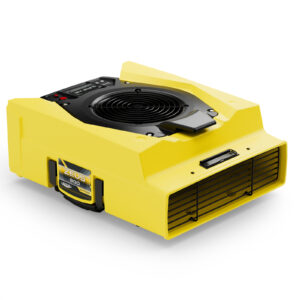An air purifier and a dehumidifier serve two different functions. The air purifier is used to remove air particles, while the dehumidifier is used to remove dampness. So, which one do you need? The answer rests on your home’s requirements. The two air purifiers and dehumidifiers hold a shared objective: enhancing the air quality of your house.
Today’s post will discuss the main differences between the dehumidifier vs air purifier, what everyone does, the way they assist, and when to run them. Also, we’ll observe how they function in distinct Australian climates.
What Does an Air Purifier Do?
An air purifier purifies the air. Sadly, the air inside your house isn’t at all times as fresh as you may think. Various usual indoor contaminants can hide within the walls and around the home, leaving a bad impact on your health.
An air purifier clears away pollen, dust, smoke, and allergens. This is beneficial for individuals with asthma or allergies. In several Australian cities, dried-out air and bushfire smoke contain dangerous particles. An air purifier assists in lowering these issues.
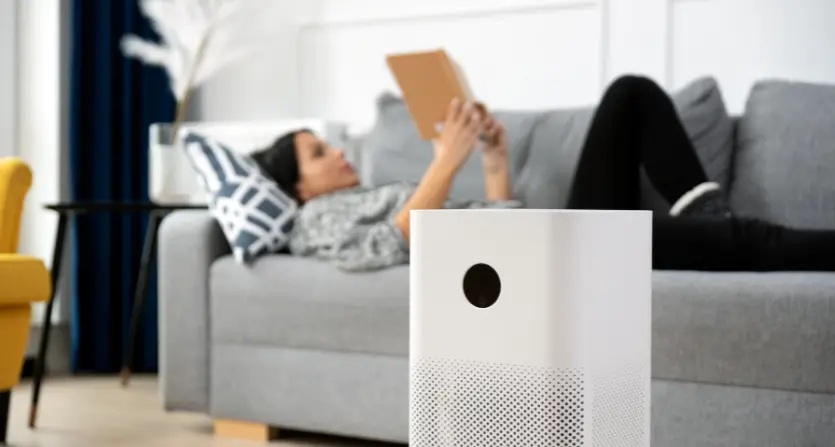
The majority of purifiers utilize HEPA filters. The filters catch fine particles and irritants. Additionally, a few units have activated carbon filters that extract odors and gases from the air. Air purifiers perform best in confined spaces. They are best for living rooms, bedrooms, and offices. For those who own pets, they assist in lowering smells and pet hair.
When you stay in a dusty or busy region, they let you inhale cleaner air indoors. In the discussion of air purifier vs dehumidifier for allergies, purifiers are preferred to pull out airborne triggers.
Typically, they do not reduce dampness; however enhance air quality by extracting particles. Mostly, people compare an air dehumidifier vs purifier, but the selection rests on the issue.
What Does a Dehumidifier Do?
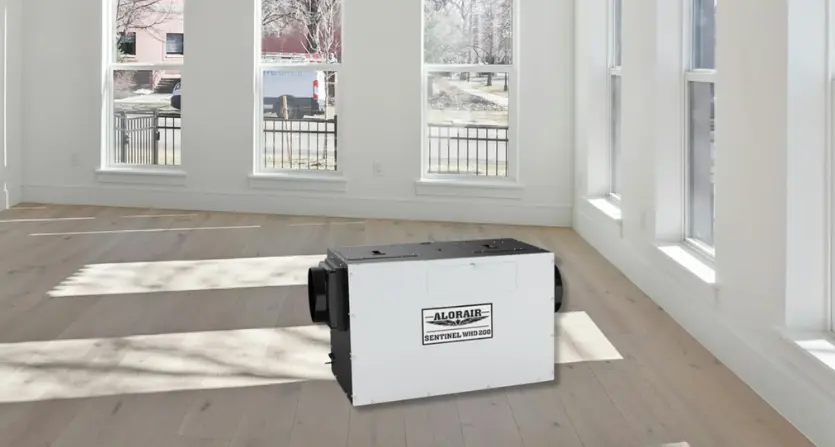
A dehumidifier eliminates dampness from the air. It aids in lowering humidity and blocking mold, mildew, and humid odors. This is significant in damp areas of Australia, such as coastal New South Wales and Queensland. When the air is very humid, it feels sweaty and unbearable.
Also, excessive humidity leads to harm to clothes, walls, and furniture. An air dehumidifier maintains humidity levels in control, turning your house into a drier and more cozy place. That said, portable dehumidifiers are helpful in spaces such as laundries, bathrooms, basements, and crawl spaces.
These devices are easily transported and operate better in areas with poor air circulation. Several houses run a portable dehumidifier in wet months or after heavy rain. In the debate of air purifier vs dehumidifier for mold, dehumidifiers are the top choice.
Mold requires water to grow. So, by taking out moisture, a dehumidifier assists in preventing mold before it begins.
Air Purifier vs. Dehumidifier: What’s the Key Difference?
Several people have questions about the differences between an air purifier vs dehumidifier. Although the two play a key part in upgrading all-around indoor air quality, they attack the separate aspects of the issue.
A dehumidifier clears away dampness. However, an air purifier removes particles. Air purifiers enhance air quality by catching pollen, dust, smoke, and pet hair. The devices are ideal for individuals with asthma or allergies.
Additionally, they assist in areas with dry but contaminated air. Dehumidifiers, on the other hand, manage humidity. They put a stop to mold and aid with damp smells. Besides, they are perfect for damp climates or areas with moisture issues. Below is a quick breakdown of the main differences:
Feature | Air Purifier | Dehumidifier |
Main Function | Removes particles from the air | Removes moisture from the air |
Best Use | Allergies, asthma, and pollution | Mould, damp, musty smells |
Target Issue | Dust, smoke, and pet dander | Condensation, humidity, mold |
Climate Fit | Dry areas with poor air quality | Humid areas or rainy seasons |
Use Case | Bedrooms, living areas, and pet spaces | Bathrooms, basements, and coastal homes |
In summary, select depending on your problem. When the major worry is allergies or dust, run an air purifier. When you notice humid patches, damp odors, or condensation, run a dehumidifier.
According to Wei-Ning Wang an associate professor of indoor air quality and aerosol technology at Virginia Commonwealth University, “Dehumidifiers are essential tools to lower the relative humidity, whereas air purifiers capture and remove airborne particles.”
Can You Use Both Together? Yes—Here’s When It Makes Sense
A few houses experience bad air quality and excessive humidity. In such scenarios, operating an air purifier and a dehumidifier at the same time offers thorough protection.
Below is when utilizing both makes sense:
- Houses with high humidity and allergens: A dehumidifier reduces humidity to avoid mold. An air purifier eliminates spores and allergens from the air. The combo enhances ease and well-being.
- After flooding or water damage: Flooding boosts the mold possibility and distributes dangerous particles. A portable dehumidifier dries out the air. An air purifier clears the airborne pollutants.
- For asthma patients in damp climates: Excessive dampness and irritants make the signs terrible. A dehumidifier vs air purifier only might not be sufficient. Running both gives greater control over the atmosphere.
- In crawl spaces and basements with bad airflow: These areas mostly require both air cleansing and drying. So, operate a dehumidifier first, and later turn to an air purifier when required.
In case you’re doubtful between air purifier vs dehumidifier for mold or air purifier vs dehumidifier for allergies, using both might give the best outcome.
Keeping Your Dehumidifier and Air Purifier Running at Their Best
Like each of the efficient devices in your home, the air purifier vs dehumidifier demands routine maintenance to function optimally.
- Cleanse or change filters regularly: Dirty filters lower efficiency. Inspect them monthly, particularly in high-use seasons.
- Utilize in the right place: Put your air dehumidifier in humid spaces. Operate the air purifier in rooms with dust or poor air circulation.
- Set the correct levels: Try to obtain 40-60% humidity. Use the dehumidifier’s setting to keep this range. Adjust the air purifier to operate constantly or on auto mode, depending on the room situation.
- Keep proper spacing: Do not position the two units too nearby to furniture or walls. Let air move freely in and out of the tool.
- Examine drainage for dehumidifiers: Clear the water tank routinely or link a hose for constant drainage if available.
Conclusion
To sum up, air dehumidifier vs. purifier, which should you select? It depends on your particular requirements and air quality concerns. A dehumidifier manages humidity and avoids mold, while an air purifier pulls out particles such as pollen, dust, and smoke. In various Australian houses, both are beneficial.



